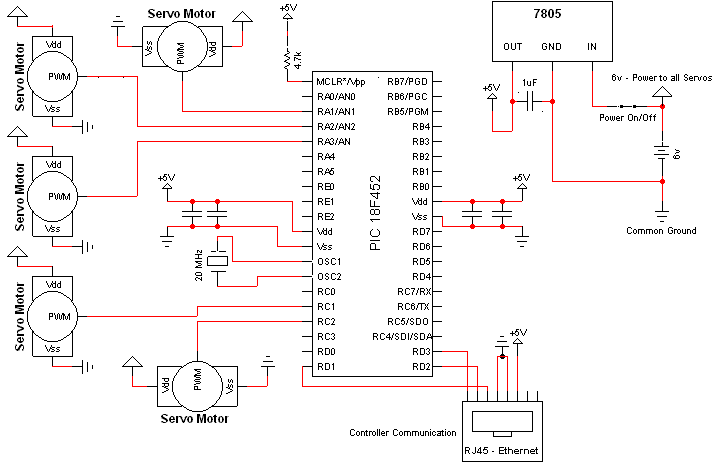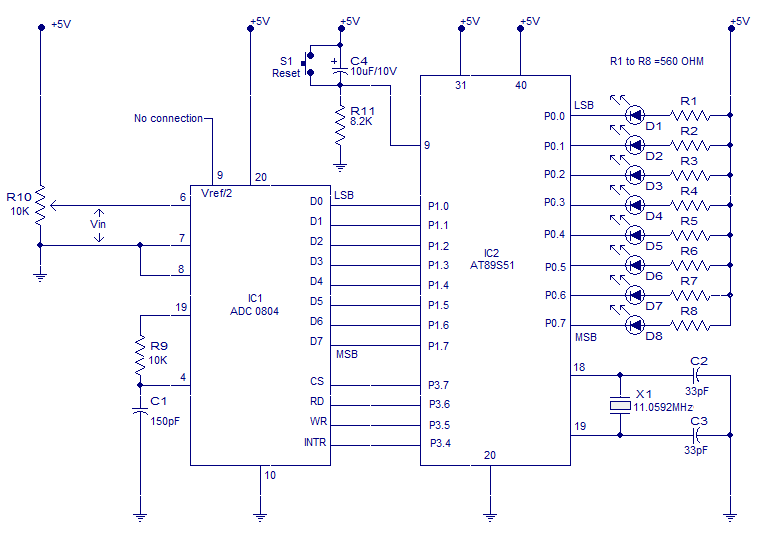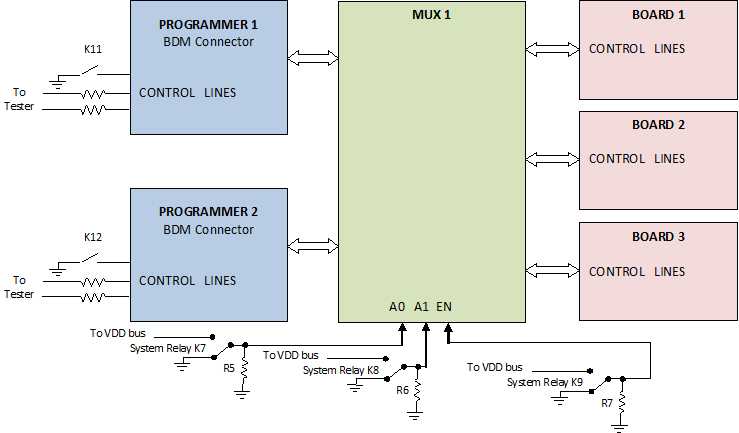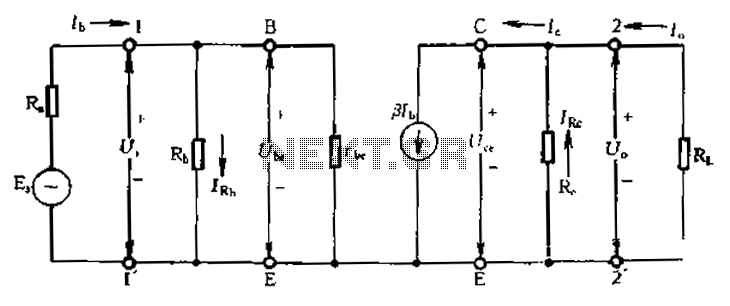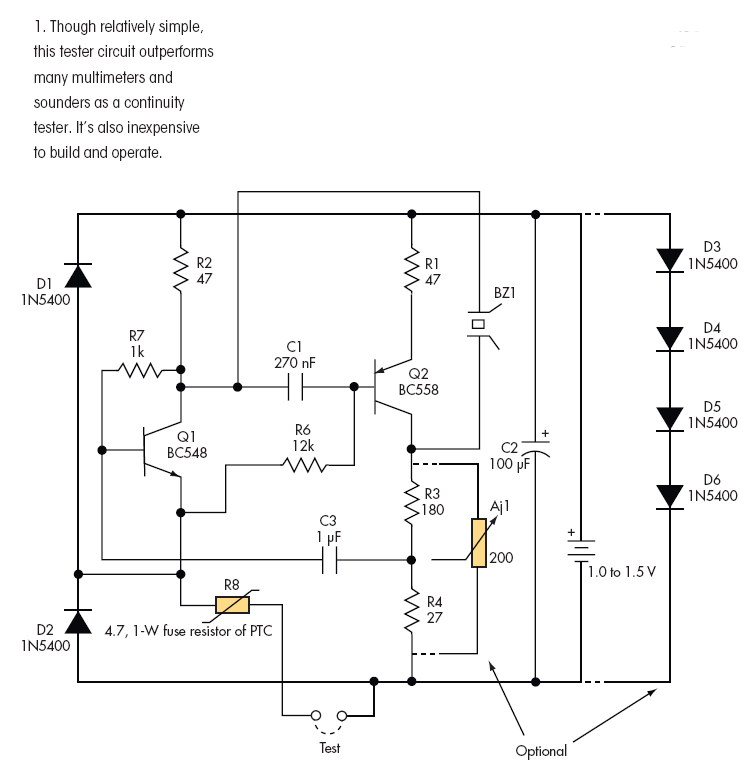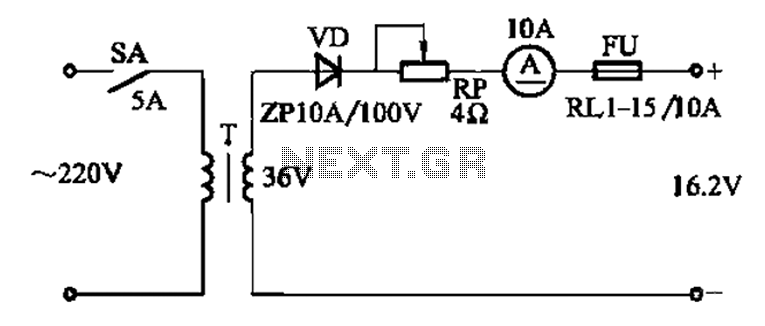
cool Joule Thief circuit

This circuit can be utilized in various devices to extract residual energy from seemingly depleted batteries. It is possible to connect multiple dead batteries in order to maximize energy extraction.
This circuit design, often referred to as a Joule Thief, is a simple yet effective way to retrieve the last remaining energy from batteries that are considered dead. The Joule Thief operates on the principle of boosting the voltage from a low-voltage source, allowing it to power small electronic devices even when the battery voltage is below the typical operating level.
The basic components of a Joule Thief circuit include a low-voltage battery, a transformer or inductor, a switching transistor, and a few passive components such as resistors and capacitors. The circuit begins with the low-voltage battery connected to the base of the transistor, which acts as a switch. When the transistor is turned on, current flows through the inductor, creating a magnetic field. As the magnetic field collapses when the transistor turns off, it induces a higher voltage in the inductor, which can then be used to power a load.
In practice, the circuit can be configured to operate with batteries in series, allowing for the extraction of energy from multiple batteries simultaneously. This method effectively extends the usable life of batteries that might otherwise be discarded. The simplicity of the design makes it accessible for hobbyists and engineers alike, enabling them to create a circuit that can recover energy from batteries that are often overlooked.
The Joule Thief circuit is particularly useful for powering low-current devices such as LEDs or small microcontrollers. By optimizing the component values and ensuring proper connections, the efficiency of the circuit can be maximized, allowing for longer operation times from batteries that have been deemed unusable. This innovation not only promotes energy conservation but also encourages sustainable practices by reducing battery waste.This circuit can be applied in lots of devices to squeeze juice from seemingly dead batteries. No reason you couldnt gang dead batteries together to milk totally dry! Simple circuit to squeeze last drops of juice from batteries. The latest Weekend Projects video shows you how to build a Joule Thief. 🔗 External reference
This circuit design, often referred to as a Joule Thief, is a simple yet effective way to retrieve the last remaining energy from batteries that are considered dead. The Joule Thief operates on the principle of boosting the voltage from a low-voltage source, allowing it to power small electronic devices even when the battery voltage is below the typical operating level.
The basic components of a Joule Thief circuit include a low-voltage battery, a transformer or inductor, a switching transistor, and a few passive components such as resistors and capacitors. The circuit begins with the low-voltage battery connected to the base of the transistor, which acts as a switch. When the transistor is turned on, current flows through the inductor, creating a magnetic field. As the magnetic field collapses when the transistor turns off, it induces a higher voltage in the inductor, which can then be used to power a load.
In practice, the circuit can be configured to operate with batteries in series, allowing for the extraction of energy from multiple batteries simultaneously. This method effectively extends the usable life of batteries that might otherwise be discarded. The simplicity of the design makes it accessible for hobbyists and engineers alike, enabling them to create a circuit that can recover energy from batteries that are often overlooked.
The Joule Thief circuit is particularly useful for powering low-current devices such as LEDs or small microcontrollers. By optimizing the component values and ensuring proper connections, the efficiency of the circuit can be maximized, allowing for longer operation times from batteries that have been deemed unusable. This innovation not only promotes energy conservation but also encourages sustainable practices by reducing battery waste.This circuit can be applied in lots of devices to squeeze juice from seemingly dead batteries. No reason you couldnt gang dead batteries together to milk totally dry! Simple circuit to squeeze last drops of juice from batteries. The latest Weekend Projects video shows you how to build a Joule Thief. 🔗 External reference
